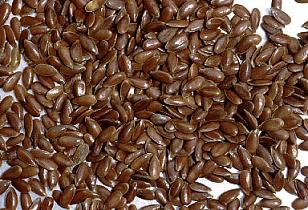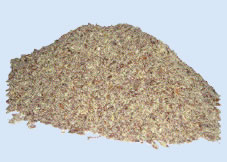Linseed Meal

-
Linseed or flax is an oilseed crop grown for oil. The seed is crushed to release the linseed oil via expelling or extraction for industrial applications.
-
Various parts of the plant have been used to make fabric, dye, paper, medicines, fishing nets, hair gels, and soap.
-
The linseed (flaxseed) meal is then made available as animal feed.
-
Linseed can be included in all ruminant diets whether in a concentrate, in a complete diet, mix as a protein supplement or as a straight.
Key Features
· High in protein and oil.
· Good free flowing pellets, flakes or lozenges.
· Very good for blending with other raw materials
· Excellent Palatability
· Well respected feed ingredient
Linseed analysis on a dry matter basis (%):

Protein |
Oil |
Fibre |
Ash |
Metabolisable energy (ME) (Mega joules/kg dry matter) |
Dry Matter (%) |
|
36 |
8 |
10.5 |
7 |
12.8 |
90 |
Where is it grown?
-
Mainly Canada (~34%) and China (~25.5%), though there is also production in India (~9%), USA (~8%), Ethiopia (~3.5%) and throughout Europe (e.g. France).
-
Almost all of the United States crop is from the states of North Dakota, South Dakota, Minnesota, and Montana.
-
It the UK it is mainly imported now, and supply can be variable.
Limits to Usage
-
Because of its high oil content storage of linseed on farm should be limited to no more than 3 months.

Storage
-
Linseed expellers should as with other dry straights be stored in cool, dry conditions.
-
Linseed meal is be stored and transported in compliance with UFAS code of practice.


